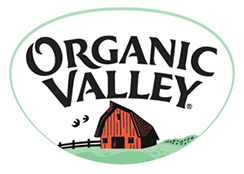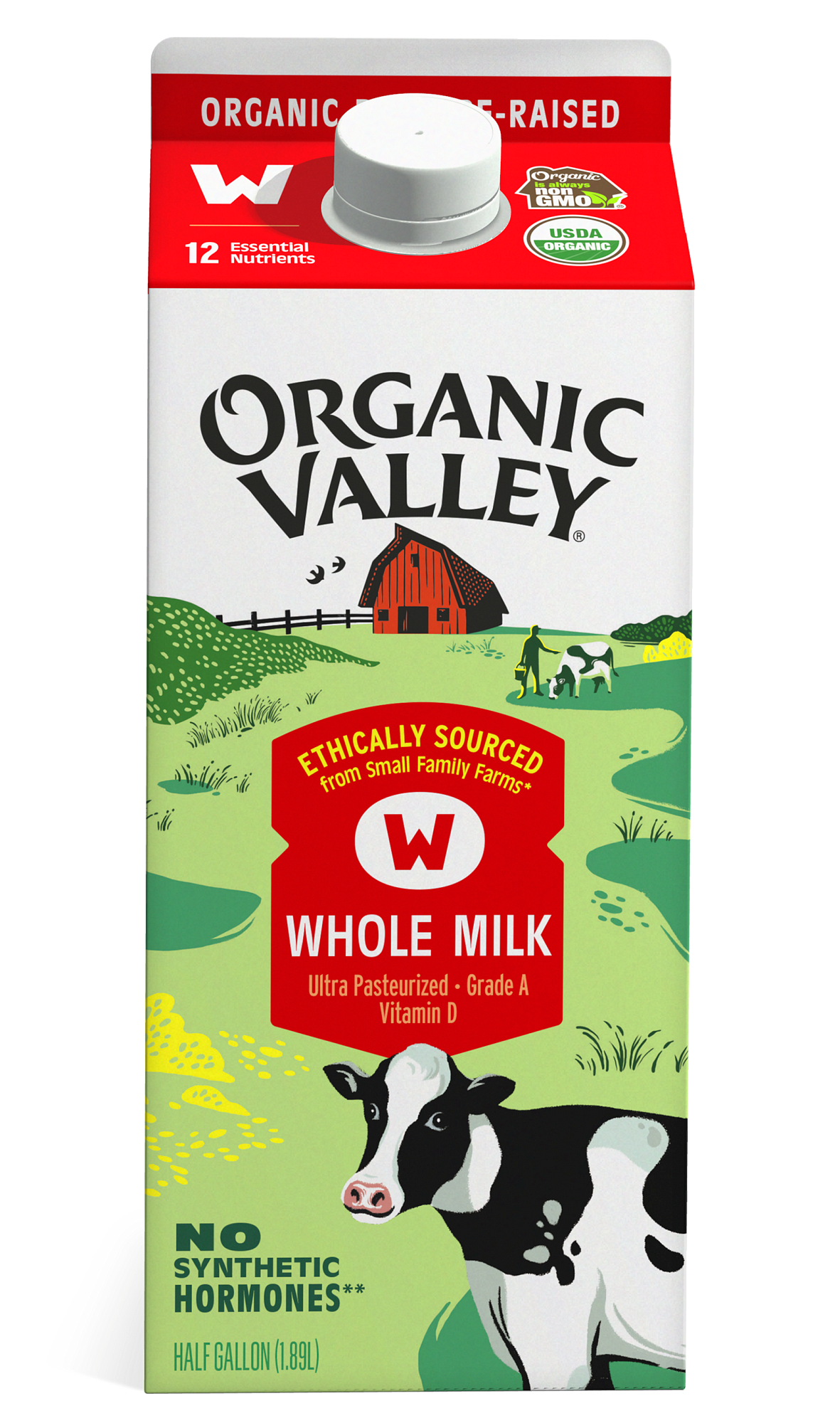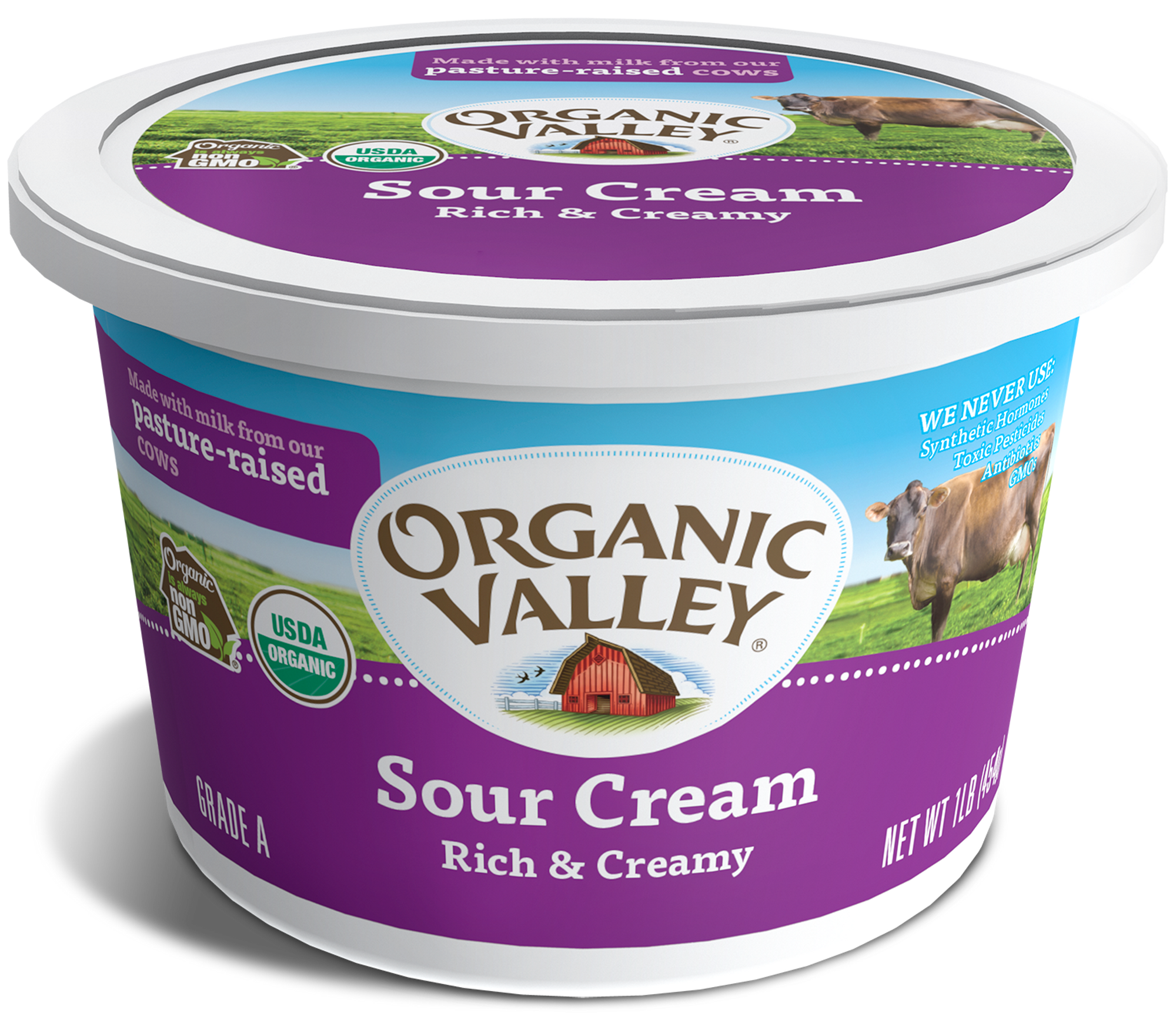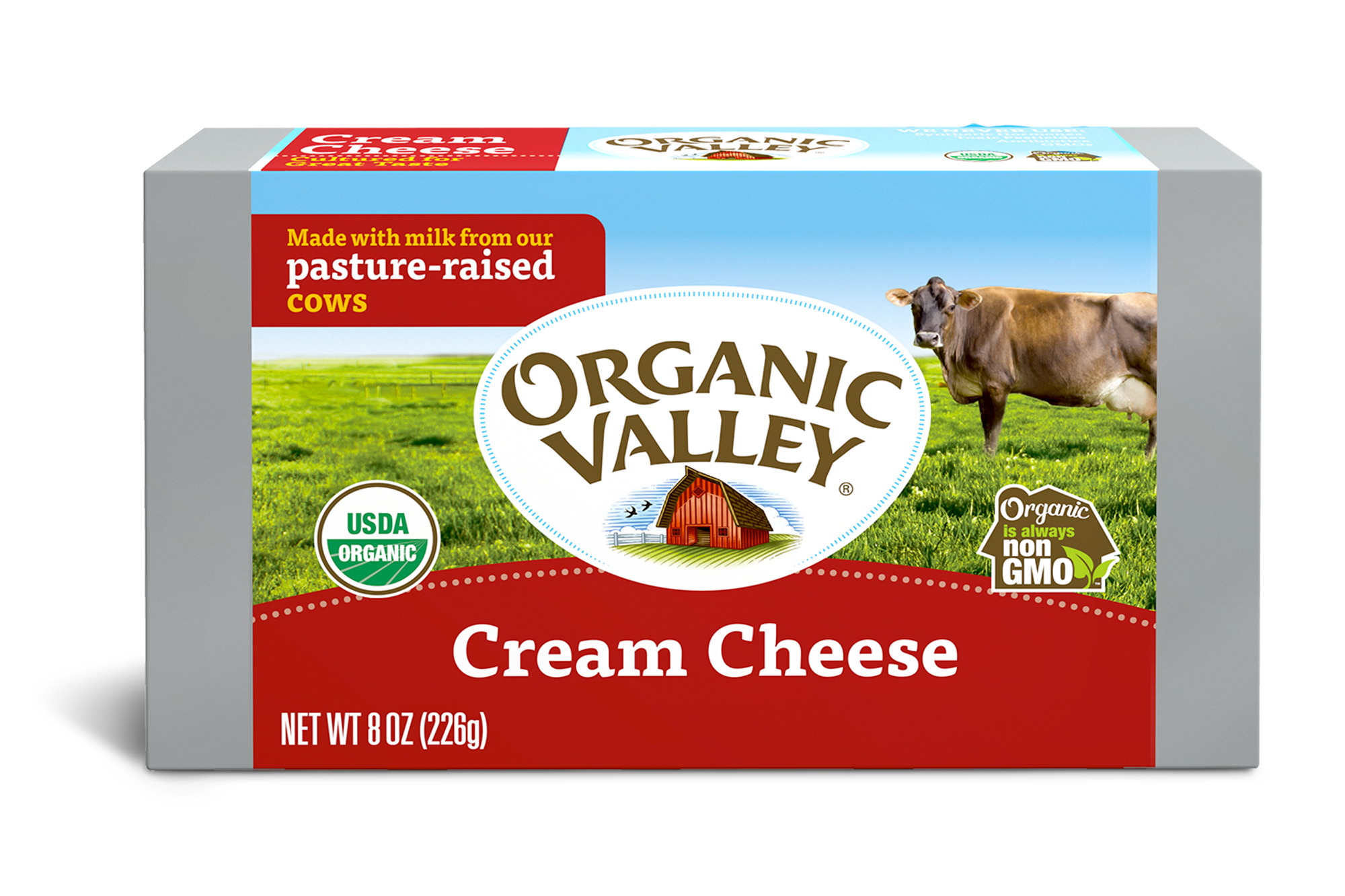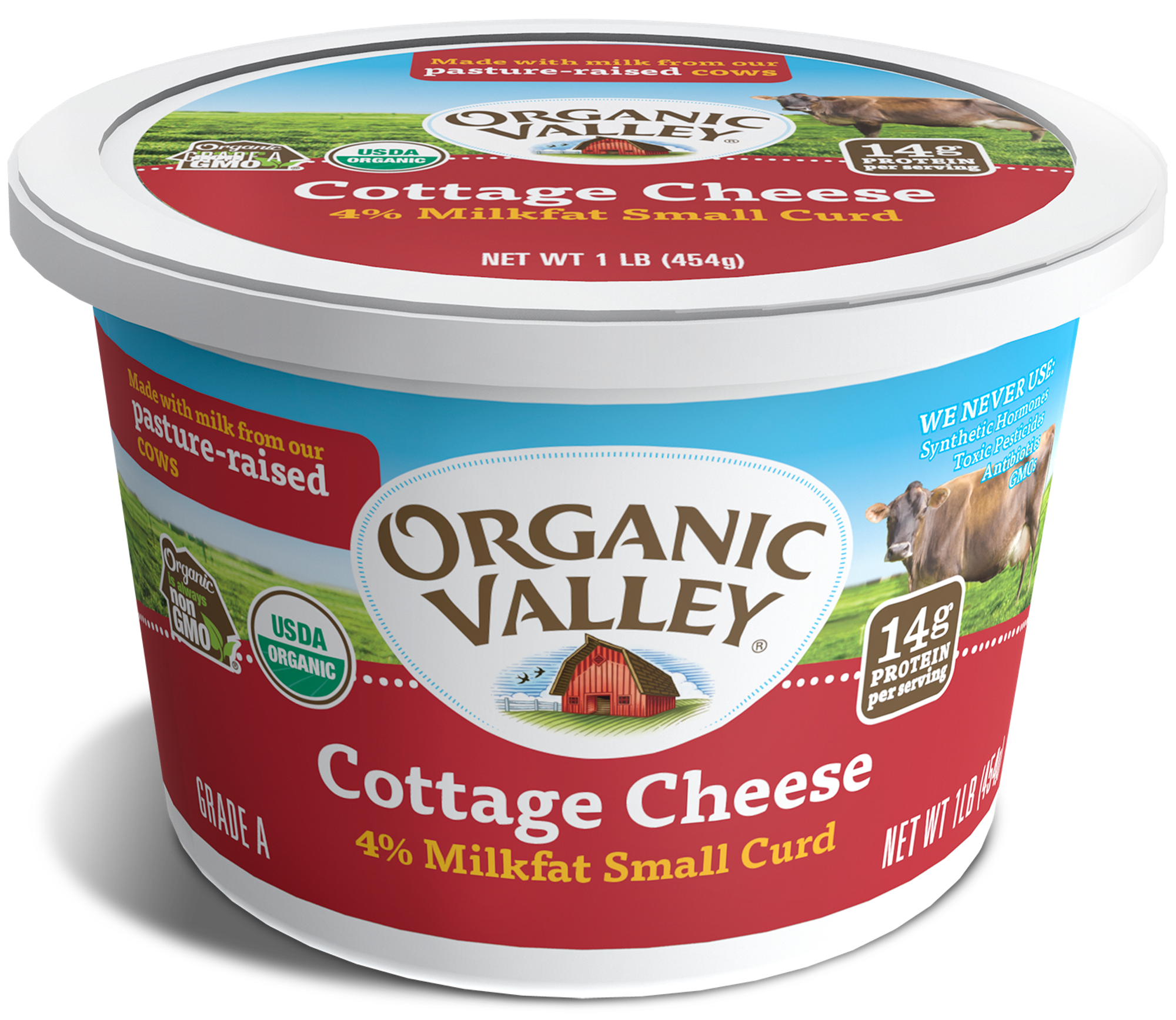
Food
Not All Heroes Wear Capes (Many Wear Aprons!)
Tambra Raye Stevenson jokes that when she made the switch from a pre-med program to a nutrition program in college, at the time she was thinking “even if I didn’t get a job, at least I’ll be eating healthy.”
The good news for Tambra (and the countless people who have benefited from her work in food and nutrition) is that she has had an incredible impact as a nutritionist. Tambra is the founder and CEO of WANDA: Women Advancing Nutrition, Dietetics and Agriculture, as well as the creator of NATIVSOL Kitchen, an organization that aims to reclaim the health and spirit of the African Diaspora by creating a movement to restore heritage foods in people’s daily lives. Tambra has been honored for her work with features by Washington Post, FoodTank, and National Geographic Traveler Magazine. Her bilingual children’s book series, Where’s WANDA?, introduces Little WANDA, the first girl character from the Diaspora promoting nutrition, who travels across Africa finding the foods to heal her community with the help of female farmers.
“I was very much passionate about healing my own community. I thought medicine was the pathway and so I was pre-med ever since I picked up my first natural health book as a kid at a bookstore near my grandma’s house,” shares Tambra. But she has discovered that she can support just as much healing through nutrition as through traditional western medicine. “There’s another side of nutrition -- the art of it -- that is not fully talked about in the classroom and that is the holistic healing side of it. And the spiritual dimensions of it. And what does it mean to connect to the energy side of the nutrition in our foods,” says Tambra.
Her work has led her to consider ways of empowering women, who are most often responsible for feeding families and communities, inside and outside the kitchen, as well as ways of bridging cultural divides here in the United States and in Africa and the Diaspora.
Tambra says that, in fact, many heroes don’t wear capes. Instead they wear aprons. Listen to the full episode at the link below, on iTunes, Stitcher, Google Play, or wherever you get your podcasts.
Rootstock Radio Interview with Tambra Raye Stevenson
Air Date: May 28, 2018
Welcome to Rootstock Radio. Join us as host Anne O’Connor talks to leaders from the Good Food movement about food, farming, and our global future. Rootstock Radio—propagating a healthy planet. Now, here’s host Anne O’Connor.
ANNE O’CONNOR: Hello, and welcome to Rootstock Radio. I’m Anne O’Connor, and I’m here today with Tambra Raye Stevenson. Tambra is the founder and CEO of WANDA: Women Advancing Nutrition, Dietetics, and Agriculture. And this is an organization inspiring a new generation of women and girls to become food sheroes in Africa and the Diaspora. Tambra is also the author of a series of bilingual children’s books on nutrition, as well as a change maker and social entrepreneur. Welcome, Tambra.
TAMBRA RAYE STEVENSON: Thank you for having me.
AOC: It’s great to have you here today. So, Tambra, tell us a little bit about how did you get interested in nutrition and food?
TRS: Awesome. I definitely liked to eat in Oklahoma where I was raised. I didn’t know about the field of nutrition, honestly, until college. I was in my chemistry class, I was a bio pre-med major at the time. And a friend told me, who was in the nutrition program, “You know, did you think about nutrition?” And I went over there and I never looked back. And I’ve realized basically it could’ve benefited me way more than a biology degree. Even if I didn’t get a job at least I’ll be healthy eating. So the commonsense approach of my grandma was embedded in me, so I went to nutrition and never looked back, and it’s been a journey, for sure.
AOC: So tell us a little bit about that journey. And you have—I know you’ve got a little girl named Ruby, and I know she’s inspired you. Tell us about what has she and where is the inspiration coming from for you to be working in food?
TRS: So for me, I was very much passionate about healing my own community. I thought medicine was the pathway, and so I was in pre-med for, ever since I had picked up my first natural health book as a kid at a bookstore near my grandma’s house. But when I got to school and began working on nutritional research projects at different medical schools—at Baylor, Harvard, UPenn—it really showed me the science side of food and nutrition. And I thought how many people in my community were unaware of it beyond just ancestral knowledge but really activating that knowledge to help heal our community. So fast-forward, I went to work in D.C. at the top of government around creating health policy. And I realized, once I became a mom, had my daughter Ruby—and I have a son as well—that when she was just four years old and got her first cavity, I asked the teacher about how to change the classroom environment around junk food as rewards. And no matter how much policy work advocacy I’ve done, I could not change that class. She was like, I can help my daughter, but what she does in her class, that is her dominion. And I respected that, but at the same time I thought, aren’t we supposed to cultivate children’s well-being? And that means nutrition as well, to feed the brain and improve their development? So I said, well, I need an army of badass woman who want to support and be the change that we need, and realized that the very thing I thought, as a tomboy, I was running away from, in terms of the kitchen, I thought, Betty Crocker—that’s common sense, I don’t need a class, I don’t need to major in that—was actually where the power was. And so I find that my message to Ruby as well as myself was that every superhero doesn’t wear a cape, they wear an apron. And that’s how we’re going to heal our communities and we’re going to find the power back in the community. Like the future is female and the new feminism is in our food ways and how we choose to reclaim it and own it and serve it up. And that means we are meal healers and we are food sheroes.
AOC: So you talk about healing your community through food. What does that look like to you?
TRS: Well, to me, especially in the African-American community where soul food has been demonized and remixed, in terms of reclaiming our ancestral heritage, as what we’ve seen with Native American communities about reclaiming sovereignty around food and seeds, that same message resonated to me growing up in Oklahoma where the Trail of Tears ended. And just seeing how we need to reclaim our own food ways. And so I began doing cooking classes through NativSol and in the community, whether at the mosque, the parish, the Protestant church—it didn’t matter. How are people putting their faith and their culture where their food was?And that really was kind of like the opening of not only do we need to diversify our diets, but we need to diversify the field and encourage more women and girls who provide the first foods to future babies, who make the food purchasing decisions for most households, that there are career opportunities and that we need to build a pipeline and the platform to see that they’re not just worker bees, but they’re leaders in the food system and that their heritage can be a part of their medicine as well. And that, to me, is the chief component of why this matters in the midst of standard American diet being seen as not the beneficiary of [beneficial to?] our health. Then what are we looking and doing about growing African Diaspora foods? Especially in Washington, D.C., where I am. We represent the top five African-immigrant communities in the U.S. And we do have universities that are growing West African vegetables through the Ethnic Crop program through U.S. Department of Agriculture. But there’s still a better food system around those particular cultural foods that need to be developed, and that means investing in the research, the nutrition science behind those foods. And not only would it benefit African communities, African-American communities—which is not monolithic because we make up Afro-Caribbean, Afro-Latino, African immigrants—but also Africa itself as they take on this idea of what does job growth look like. And it looks like, to me, the same challenges that we saw in the African-American communities as fast food came up in the name of job growth. And now we know that NCDs [noncommunicable diseases], from diabetes to heart disease, will be the new AIDS and TB and malaria combined. And in order to stop that, just like any war, you need troops on the ground armed with the resources and tools and information. And unfortunately we are fighting a war with no proper resources and tools in place. And we can only imagine that we’re going to lose it if we don’t build up the little WANDAs and support the mamas, the aunties in the communities, the nanas as well, and share their message, their stories of how they’re helping their communities, and inspire the next generation.
AOC: So, you’ve talked about NativSol, and NativSol Kitchen is one of the ways that you’re doing this work. Can you talk about what NativSol is, and what do you do in communities?
TRS: So NATIVSOL, which predates WANDA, started with the focus around providing cultural nutrition education through the form of cooking classes, workshops, and it was just me. And it was all about Mary Poppins of nutrition—I’ll pop in, pop out, share my pixie dust magic in my kitchen, and that’s it. And I realized, what legacy is that? Yes, I received thoughtful letters—people who, you know, the story is very compelling. But it was just like, what about if you times me by a thousand? How much more change could we have? So NATIVSOL was definitely born out of love and is an acronym about Nourishing Authentic Traditions Including Values of Sustainability, Oneness, and Love. But it also was an acronym for New African-American Traditions Including [Values of] Sustainability, Organic, and Local. So to me, soul meets soul, and together that’s how we heal. And that was the underlying message, that in our world of nutrition we’re based on a biomedical model, very Western, and it has its benefits, just like a trauma surgeon. But at the same time, there is another side of nutrition, the art of it, that is not fully talked about in the classroom, and that is the wholistic healing side of it and the spiritual dimensions of it, and what does it mean to connect to the energy side of the nutrition in our foods. And to me, that was equally as important but was not talked about, let alone the cultural side of the food talked about. And it felt very white-washed and sanitized. And for people in understanding that everyone knows the basics, so the question is why are they not doing it? You know, vitamin C comes from oranges—people know basics. So it has ended, for me, making the food-mood root connections is why are you not doing it? What is that childhood nostalgia, that food trauma that you have experienced that is giving you that inability to unlock the pain-to-purpose story that you need to evolve from? So that’s where, for me, really learning from all the preachers and the ministers I’ve ever seen, and be able to use that power of really transformational change and talk about it through food as a pathway. And that means, what’s on your plate? What is the metaphor to your life? What does your plate represent to you? And I don’t think people think about food in that way because we’ve been trained to think of it, form fits function, it’s fuel for energy, and that’s it. So to take on these other dimensions, beside the one dimension, is kind of like, huh? So it’s reconnecting to ancestral knowledge that’s, to me, truly important. Like how do we wake up every day? It’s not that we plug ourselves into the wall. So there is something out there that connects us. And food is that pathway to spirit that, to me, is very important, that needs to be addressed as well and resonates to people in the community.
(12:34)
AOC: Right, so I wanted to ask about that. So what kind of reception—you’re going in, and food is a very, very personal, very sensitive subject, and you’re coming in with these ideas of healing and food as the medium. And how is this received, and what kinds of responses have you been getting?
TRS: The reception, number one, is about unlocking consciousness, because food flows around, you know, like consciousness from shame energy is low, whereas love is a high energy. So what foods represent these components? If I eat french fries and chicken—not saying it doesn’t taste good—but it’s fried [unclear] to the side.
(13:17)
What does that do to you over time? Versus if you eat food that’s vibrant and fresh—hmm, isn’t that what love is? It should be healing, not killing. So that’s what I mean about basic messages to reflect on that you’ll never pick up in a nutrition textbook. But for anyone with spirit or connects to it can intentionally understand what that means. Or the woman who might have been raped or sexually assaulted as a child and who gained an additional 200 pounds to use food as way to make her look unattractive to not be hurt again. Who has that conversation besides, “Oh, well, you need to be on a 1,500 calorie diet.” Like, really? Like, what is the deeper level of healing work that has to be done that food can represent that’s not being talked about? So, yeah, it’s definitely like food whisperer kind of work. But I find it’s important and it’s about food that represents how does it bring relationships together versus divide? And that is how love is transmitted. And we know that because our children—like my son just the other day was like, “Mom, this is the best meal I have ever had and I won’t have another best meal than this.” I was like, “No, no, no, no. You will have other future good meals.” He’s like, “No.” He was so dead on believing like, no this is it, this is it. And to know that I could give him that feeling was reinforcing and powerful for me of saying maybe I should cook more at home. And it creates these what I call “memorable meal moments.” And what that leaves with a child to reflect when he turns 25 and says, “You know, my mom used to make this,” is it helps to conjure up that love that he remembered through the form of just a simple meal.
AOC: Right, yeah, it is very powerful, the food in our families and our relationships.
TRS: Exactly—it’s like outsourcing your love.
AOC: Tell us about I Am WANDA.
TRS: So, WANDA is a 501(c)(3) nonprofit based in Washington, D.C., and Abuja, Nigeria. And as you shared, it’s Women Advancing Nutrition, Dietetics, and Agriculture. And it was really formed as a share out of the pain of just being one woman and how do we have an army of women. And then also, from traveling to Addis Ababa, Ethiopia, where I attended the African Union Summit. And as a youth delegate we were challenged of how were we going to support the UN agenda around creating Pan-African unity. And the theme was on food security. So I thought, well, how can I use food as a way to bridge Africa and the Diaspora? And I looked at similarities and differences between women in the markets, on the farms there as those, or in environments urban, like D.C., and back home in Oklahoma. And I said, well, one connector is food, and food creates unity, and women are the chief architects of that experience. So what if there was a network that connects them together and that we shared the commonality of leading and healing our communities through food? And that was really the essence of WANDA. And so from there it was looking at how do we build a platform, meaning through the WANDA Awards we honor and highlight hidden figures in the food systems that we did last year in Washington, D.C., and look to do that again in Ethiopia during the African Nutrition Conference. And then also, how do we reclaim farm spaces where a lot of sexual assault happens, as well as in the kitchen. So we’re holding a Sisterhood of the Soil retreat this summer during Juneteenth, which is a time where the kind of liberation of African captives in America occurred. And we’re doing it on a black-women-owned farm where Harriet Tubman tread through along the Underground Railroad. And so the significance of that setting in order to promote healing is paramount in order to encourage women to tell and share their stories around food. And then we have Where’s WANDA?. So it was really the thought of, yes, woman have work to do but we also, at the same time, need to open up the gates to build a platform for our girls. And so Where’s WANDA? was really like a calling card that, if you think about it, we have no character to promote nutrition after Michelle Obama left office and now Let’s Move! is no more. So it was really, like, to build on that legacy of how can a little girl, little WANDA, share the beauty of her heritage through food to help heal her community by connecting to these farmers in different countries and sharing how to grow and prepare them to heal her community. So in the first book Nana has diabetes. Little WANDA goes on the hunt in Nigeria to meet with a farmer, Mrs. Garba(?), known as Big WANDA in the book, that we meet personally and we hold workshops to share her story in-country as well as cross over here in the U.S. And for her, she’s like the Beyoncé of nutrition. She is the character who links us up and get us into formation and makes us be proud to be WANDA women. And the idea is, yes, how do we inspire healthy eaters, ready readers, and global food leaders through her sharing the story, highlighting recipes, nutrition facts of indigenous foods, part of our heritage. Because to be a global citizen, food is a great pathway to be that passport, to learn about diplomacy and connecting to culture. So for me, little WANDA is just the next step to connect to children in their homes, in schools or communities, to say, “I want to be like little WANDA. I want to imagine myself going on these adventures with her, and I want her to be my new BFF, my best foodie friend. And I want a cape that is my superpower, and it just happens to be an apron just like her[s] too.” So we’re going to reclaim those spaces that we once said was domesticated June Cleaver kind of work and say no, that’s where the power is, and we have to own our power.”
(20:36)
AOC: If you’re just joining us, you’re listening to Rootstock Radio. I’m Anne O’Connor, and I’m here today with Tambra Raye Stevenson. She’s the founder and CEO of I Am WANDA, author, as well as a change maker and social entrepreneur. We’re talking about NativSol and also Where’s WANDA?, the organization and platform that she’s been building here to help women and girls reclaim the food culture that they can use to heal. So talk a little bit about how do you decided on this book. And I see it’s bilingual, it’s in English and Hausa. How did you decide on Hausa and who helped you with the book?
TRS: Yes, so it’s real simple and selfish. I always wanted to write a book ever since I was a little girl, and I remember the title of it. I looked through the phone book to find a publisher, and my mom entertained my thought, drove me around downtown Oklahoma City, and the book was never published. So when I went through my own healing work, part of healing is the things that you kept hold on and never let go. And my memory is not that great—I even joke and say I got juvie Al, short for juvenile Alzheimer’s. So the fact that I remember this one thing that happened decades ago was saying maybe I need to close that door off. And that means doing the work, doing the book. I just didn’t realize it would come in the form of Where’s WANDA?. And timing is everything, and I’m so glad that I waited on the right time to do the right thing. And through this a classic will be born. And it is the journey of Little WANDA and inspiring our children to believe that they can be healers in our community, and food is the pathway to do that. Whether you’re growing it, you’re making it, you’re selling it, you’re promoting it, everyone has an opportunity to create a career and be an entrepreneur in the food system. And if Little WANDA can help unlock that imagination and discovery, then that’s one gift we’ve given to the world that the world was better off having.
AOC: So you talk a lot about healing with food and the incorporating into our culture and particularly around women and girls. What would you say is the most pressing issue facing the food system today?
TRS: D&I, diversity and inclusion in the food system, still very much is a challenge. Whether it’s from the field of nutrition that has less than 3 percent people of African decent recognized as part of the ranks of the academy, to those who are farmers—I mean the number of, when it comes to black women in agriculture in the States is severely under 1 percent, probably .01. So we cannot make the kind of change for a better food system if we don’t have all the voices at the table. So that’s partly why I was selected to be a part of a Chesapeake Region group that will be headed to Stanford at the end of May to be able to talk about how do we build a better, resilient food system that is equitable. And building frameworks and meeting people from across the U.S., and really the world, to learn some of their challenges and opportunities, and how we can learn from one another to draw a new world of what that system looks like. So, obviously for me, that space will be building the conversation on how important nutrition and health is a part of that. It didn’t really dawn on me how much agriculture in the beginning was not necessarily focused on nutrition. So there’s a term we use, “nutrition-sensitive ag,” where we are thinking about, does this create a nutrition impact if I grow this food? To think that wasn’t really thought about before is kind of like mind-blowing. And so these longer conversations that the UN has declared the Decade of Action on Nutrition, as well as the World Bank has set an Invest in Nutrition initiative, that these issues are very much resonating to me in the States as it is around the world. As so I think in harmonizing with the world, we should be on the same message: that we need to diversify our food system, which will make it a more resilient food system.
(25:59)
AOC: What kind of challenges do you run into? You talk about relationships as kind of that key in having the diversity of voices at the table and thinking about these very big, complex issues. What do you run up against when you’re doing your work? What are some of the things that challenge you when you’re trying to get this word out and create this platform?
TRS: For some people, whether it’s talking to government officials, to policy advocates, it’s that they simply didn’t think about it. And that was part of what I knew. It’s a level of consciousness. I’ve hit a wall of some people just are not conscious of the issue. And therefore, creating a platform to bring that level of awareness and start looking at, well what new coalition should we create? What new agenda setting do we need to do in order to make this issue relevant and connected to everyone at the table? Because you don’t have to be African-American to see the benefit of eating a diverse diet. We’ve already started doing them, when you think about the selling of moringa products, baobab products; tigernut now is being sold here. It may start in the specialty food section, but eventually it gains momentum in mainstream markets. So this is what we know to be true for those who are in the food spaces, that it’s kind of like looking at the next big star, like quinoa, and seeing how it took off and became mainstream. So that’s the future of food for Africa as well as it hits U.S. markets. And there should be someone to champion that and to educate consumers and policy makers about that. And that’s where I feel that WANDA looks to do and provide that opportunity.
AOC: Thank you for joining us today, Tambra. If our listeners want to learn about I Am WANDA, where should they go?
TRS: Yes, they should go to IamWANDA.org to learn how to support, share, and sign up to our newsletter and get more information and join in the movement of I Am WANDA. We’re also on Facebook, Twitter, and Instagram at IamWANDAorg.
AOC: Great, thank you!
TRS: My pleasure.
AOC: And thank you, listeners, for joining us today. Remember, Rootstock Radio is also available on iTunes, GooglePlay, RadioPublic, and Stitcher. If you haven’t subscribed yet, it’s really easy. Just go to iTunes or Stitcher, search for Rootstock Radio, and click “subscribe.” We’ll see you next week.
You can listen to Rootstock Radio on the go wherever you get your podcasts, and find us online at RootstockRadio.com. Rootstock Radio is brought to you by Organic Valley.
- Tags:
- permaculture,
- working together,
- cooking & entertaining,
- organic & sustainable living,
- Rootstock Radio,
- women in food & agriculture,
- activism
